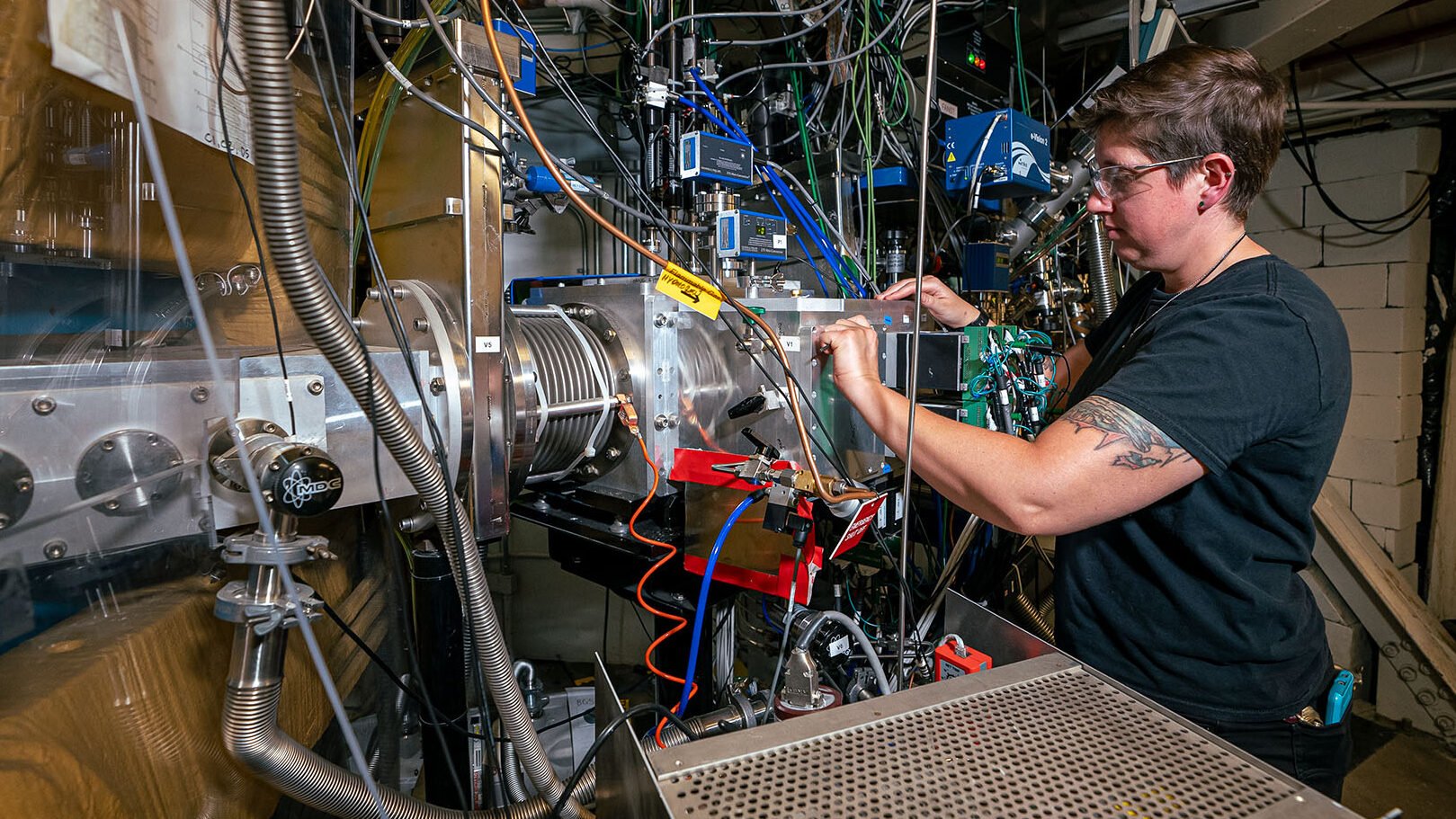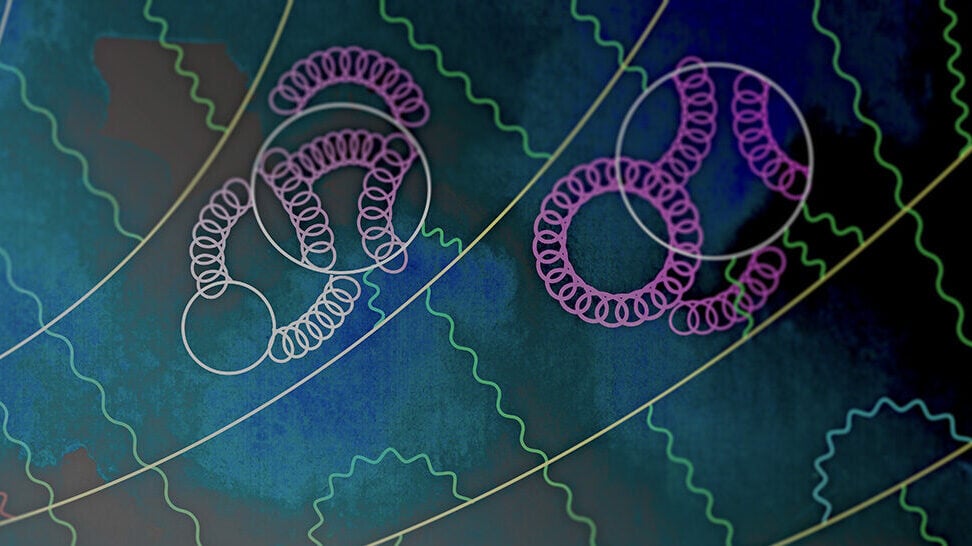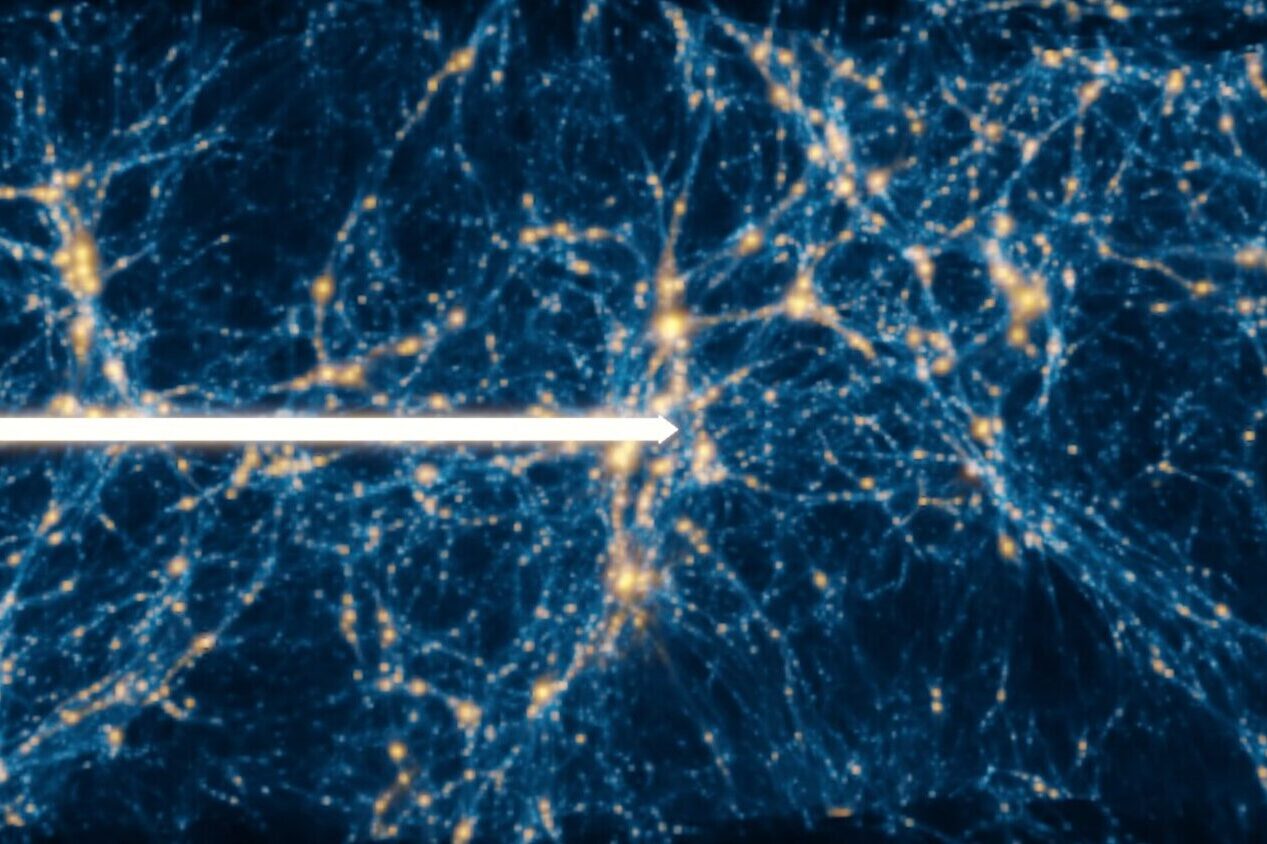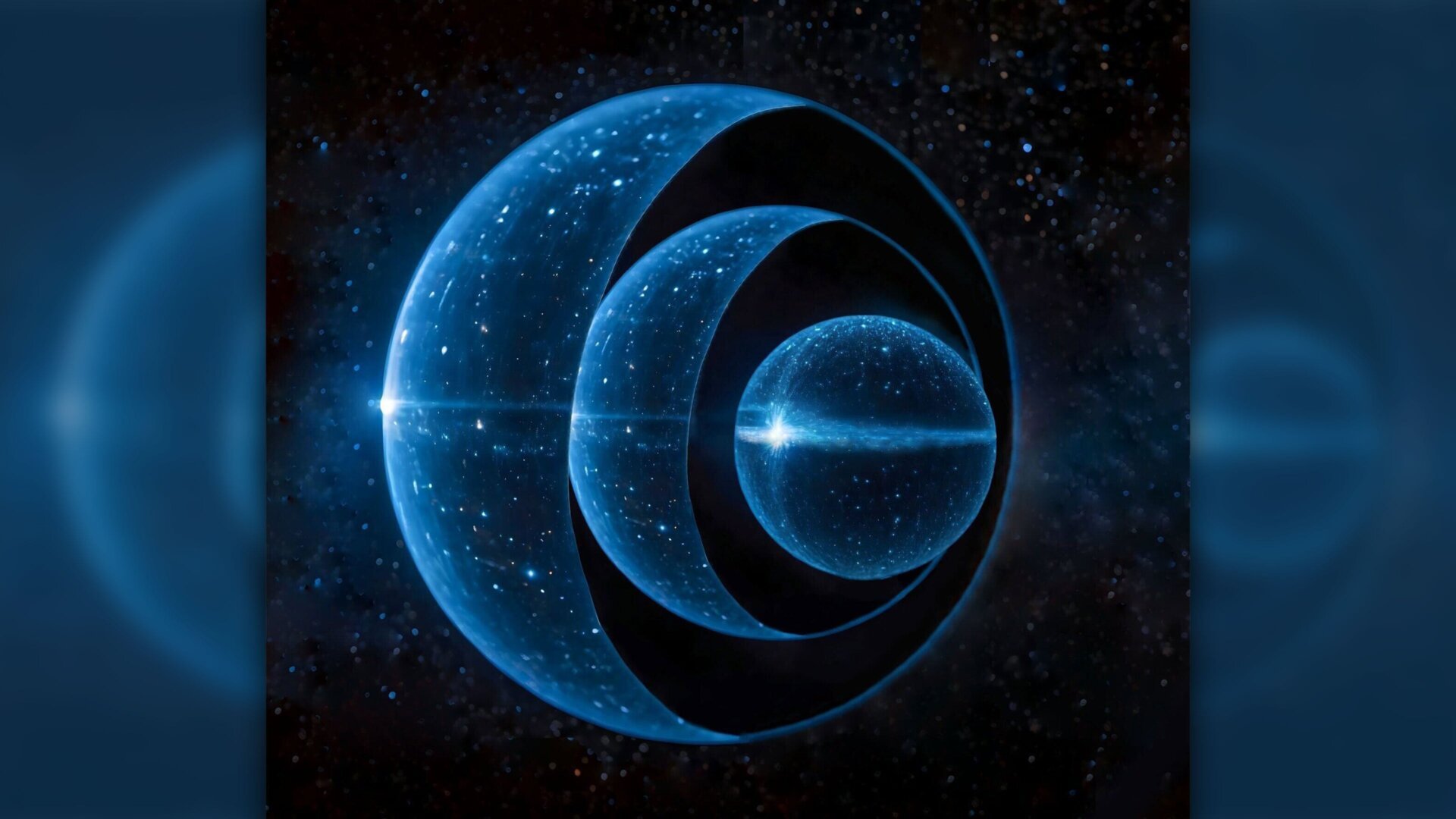A team of scientists at the Lawrence Berkeley National Laboratory (Berkeley Lab) has achieved a groundbreaking feat: creating element 116, livermorium, using a titanium particle beam for the first time. This achievement signifies a significant step towards the elusive “island of stability,” a theoretical region where superheavy elements possess extended lifespans, facilitating deeper scientific study.
Reiner Kruecken, director of nuclear science at Berkeley Lab, expressed his excitement, stating, “We needed for nature to be kind, and nature was kind. We think it will take about 10 times longer to make 120 than 116. It’s not easy, but it seems feasible now.” This breakthrough was announced and presented at the Nuclear Structure 2024 conference, with a forthcoming publication in Physical Review Letters and a preprint available on arXiv.
Titanium Beam Paves the Way for Livermorium Synthesis
The researchers employed a beam of titanium-50, a specific isotope of titanium, to successfully synthesize element 116, marking the heaviest element ever created at Berkeley Lab. This renowned institution has played a pivotal role in the discovery of 16 elements, ranging from Technetium (43) to Seaborgium (106).
“We’re very confident that we’re seeing element 116 and its daughter particles,” affirmed Jacklyn Gates, the lead nuclear scientist at Berkeley Lab. “There’s about a 1 in 1 trillion chance that it’s a statistical fluke.”
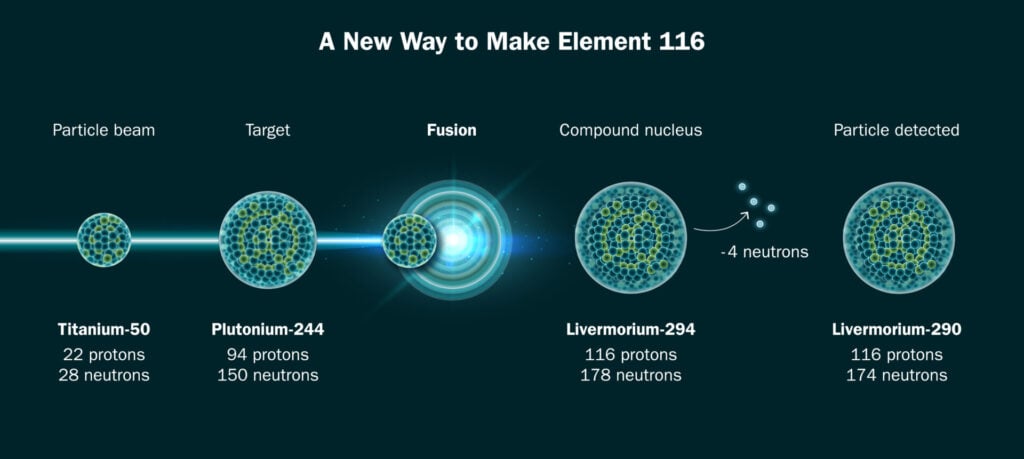
To create the titanium beam, the scientists heated titanium until it vaporized at approximately 3,000 degrees Fahrenheit (1,649 degrees Celsius). Subsequently, they bombarded the vaporized titanium with microwaves, stripping 22 electrons and preparing the resulting ions for acceleration in Berkeley Lab’s 88-Inch Cyclotron. These titanium ions were then directed at a plutonium target, with trillions of ions impacting the target per second, aiming to fuse and form livermorium. The team successfully produced two livermorium atoms over 22 days of operation. This titanium beam method represents a novel approach to synthesizing heavier elements, as previous elements 114 through 118 were created using a calcium-48 beam.
“When we’re trying to make these incredibly rare elements, we are standing at the absolute edge of human knowledge and understanding, and there is no guarantee that physics will work the way we expect,” explained Jennifer Pore, a nuclear physicist specializing in heavy elements at Berkeley Lab. “Creating element 116 with titanium validates that this method of production works and we can now plan our hunt for element 120.”
The Quest for Element 120
The team’s success with livermorium has set the stage for the ambitious pursuit of element 120, which would become the heaviest atom ever created. Element 120 is predicted to reside within the “island of stability,” a group of superheavy elements hypothesized to exhibit significantly longer half-lives compared to their previously discovered counterparts.
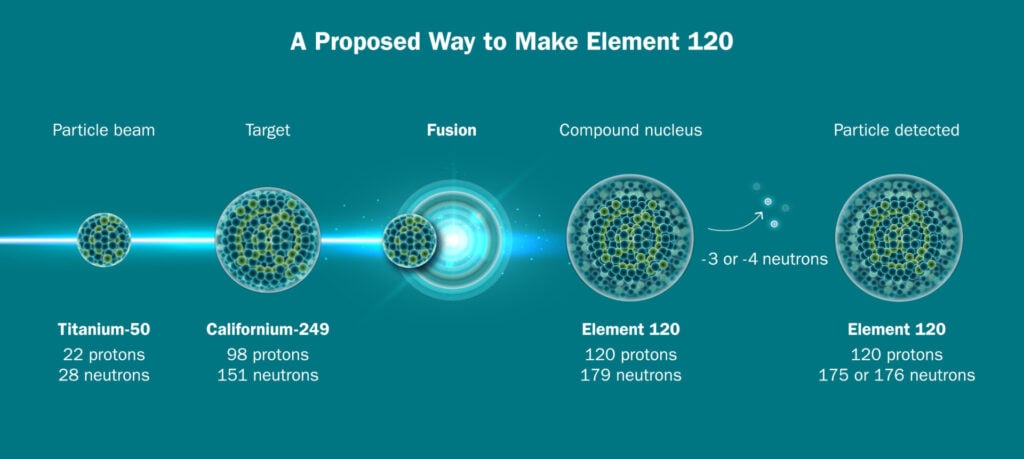
According to Berkeley Lab, the attempt to synthesize element 120 is projected to commence in 2025, potentially requiring several years to achieve success. These physicists are pushing the boundaries of the periodic table, venturing into the realm of superheavy elements with the ultimate goal of uncovering the limits of atomic existence.
Conclusion
The creation of livermorium using a titanium beam represents a significant milestone in nuclear physics. This achievement not only validates a new method for synthesizing superheavy elements but also paves the way for the pursuit of even heavier elements, such as element 120, within the theorized “island of stability.” This research holds immense promise for expanding our understanding of the fundamental building blocks of matter and the forces that govern their interactions.



